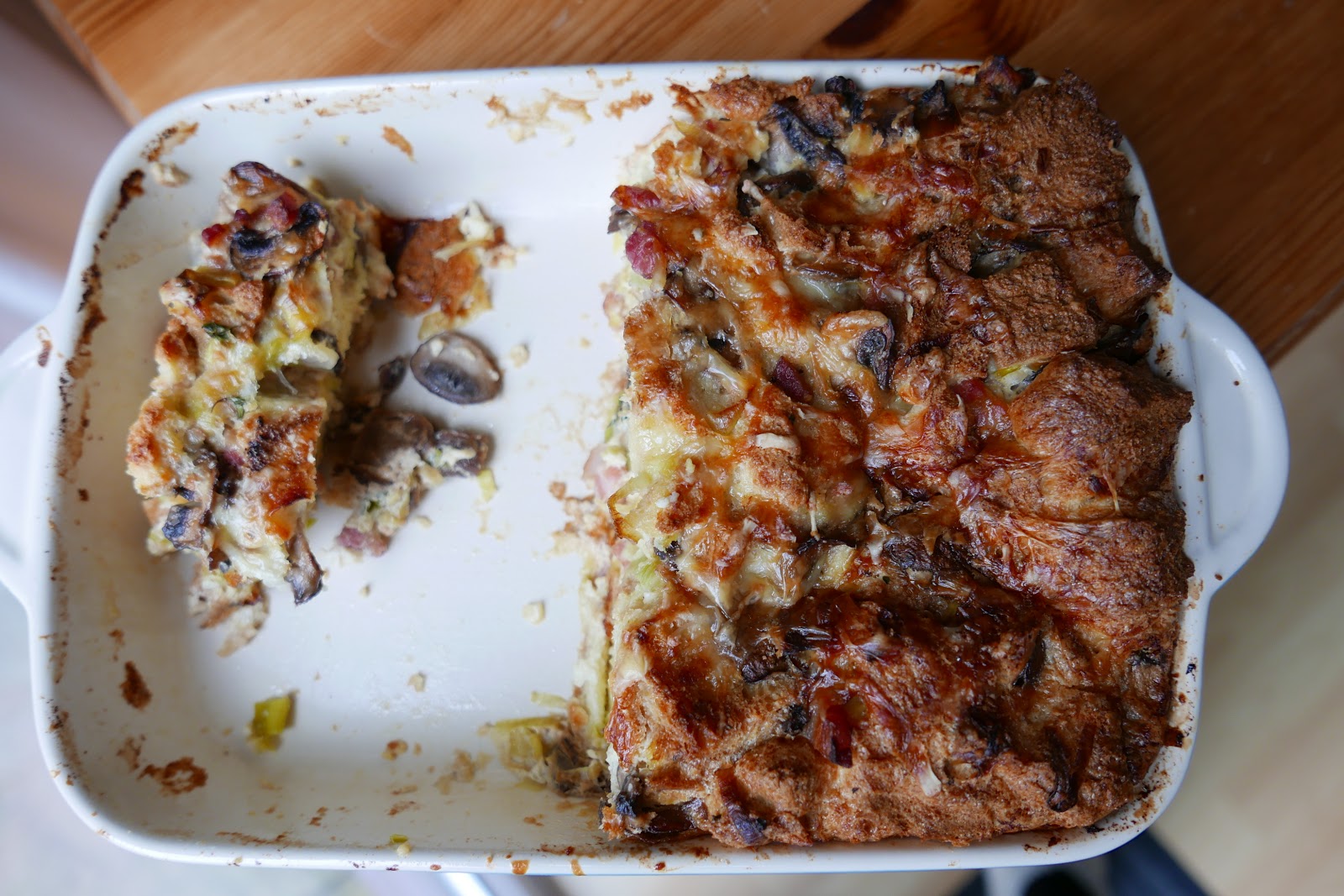In Rome, polpette (meatballs) are served alone, with bread and vegetables on the side.
Let the meatballs rest.
Beyond that, freedom reigns: the type of meat, the inclusion of bread, eggs, herbs and seasonings.
The ingredients are pretty standard: beef – twice minced if you can, bread soaked in milk, eggs, a little finely chopped garlic and parsley, and lots of salt and pepper.
You want a rich, soft sauce that has the right balance of acidity and sweetness – a mix of fresh and tinned tomatoes works well.
There was confirmation from Roberta, my butcher, the following morning: if I wanted really soft, plump meatballs I should poach them.
Poaching gently, however – a steady bob over a low flame – keeps things tender and plump, which is exactly what I want in a meatball, for now at least.
The meatballs should bob for 15 minutes or so, turning the sauce a deep rusty red.
Once done, you turn the heat off and leave them in the sauce: they are better after a rest.
In plate-separatist Rome, polpette are served alone, with bread and vegetables on the side.

Polpette al sugo (meatballs in tomato sauce)
Serves 3-4
2 slices of day-old bread (about 50g), crusts removed
A little milk
500g minced beef
2 eggs, lightly beaten
A small garlic clove
A sprig of parsley
Salt and black pepper
For the sauce
750g ripe, fresh tomatoes
6 tbsp extra virgin olive oil
1–2 garlic cloves, peeled or crushed
A pinch of red chilli flakes (optional)
A tin of peeled plum tomatoes, chopped roughly in the tin
1 tbsp tomato puree (optional)
Salt

- Rip the bread and soak in a little milk until soft, and easily crumbled.
Squeeze out excess milk.
Put the crumbs in a large bowl along with the beef and lightly beaten eggs.
- Peel and chop the garlic very finely along with the parsley, salt and pepper.
Add to the meat, then use your hands to mix everything together.
- Divide the mixture into 12 meatballs: if the mixture is very sticky, flour your hands lightly.
Let the meatballs rest.

- Meanwhile, make the sauce.
As the tomato sauce was simmering and the meatballs were resting in the fridge.
Peel the fresh tomatoes by plunging them first in boiling water, then in cold, at which point the skins should slip off.
Then chop them roughly.
- Peel the garlic and crush for a milder flavour or finely chop for stronger.
Put 4 tbsp of the olive oil in a large, deep frying pan or cassarole and cook the garlic gently over a low heat until it is fragrant.
At this point you can remove the whole garlic if you wish.
- Add the chopped tomatoes and chilli.
Cook for 5 minutes, then add the final 2 tbsp oil and the tinned tomatoes.
Add 1 tbsp tomato puree if you feel it needs it.
Add bay leaves.
Season with salt and pepper.
Cook for 20–40 minutes, or until the sauce is rich and thick.
- Drop the meatballs in the sauce, making sure they are submerged.
Turn the heat to low, cover the pan and poach for 15 minutes, by which time the meatballs should be cooked through but still tender.
- try adding Spearmint to the mixture. It really is tasty.

OR:
- Preheat the oven to 220C/gas mark 7 and grease a baking tray.
Using your hands, mould them into roughly 40g balls if you are eating them alone or with mash or rice, or 20g balls for eating with pasta (you could weigh the first one to get an idea).
Put the balls on the prepared tray and bake for 15 minutes for big ones or eight minutes for small ones, turning them once, until they are just starting to brown.
Alternatively, fry the polpette in a sauté pan in a little olive oil, turning them carefully until evenly browned.
Drop the meatballs in the sauce and cook them in the sauce for 15 minutes - 20 minutes.
- Serve with bread on the side, or with mashed potatoes or rice.
If you are serving them with pasta, remove the meatballs from the sauce with a slotted spoon on to a warm plate.
Mix the sauce with cooked spaghetti in a wide bowl, then dot with the meatballs and serve.
- Rachel Roddy’s very best recipe for meatballs | A kitchen in Rome | Life and style | The Guardian:
- Classic Italian meatballs in tomato sauce recipe - Telegraph:
'via Blog this'



























